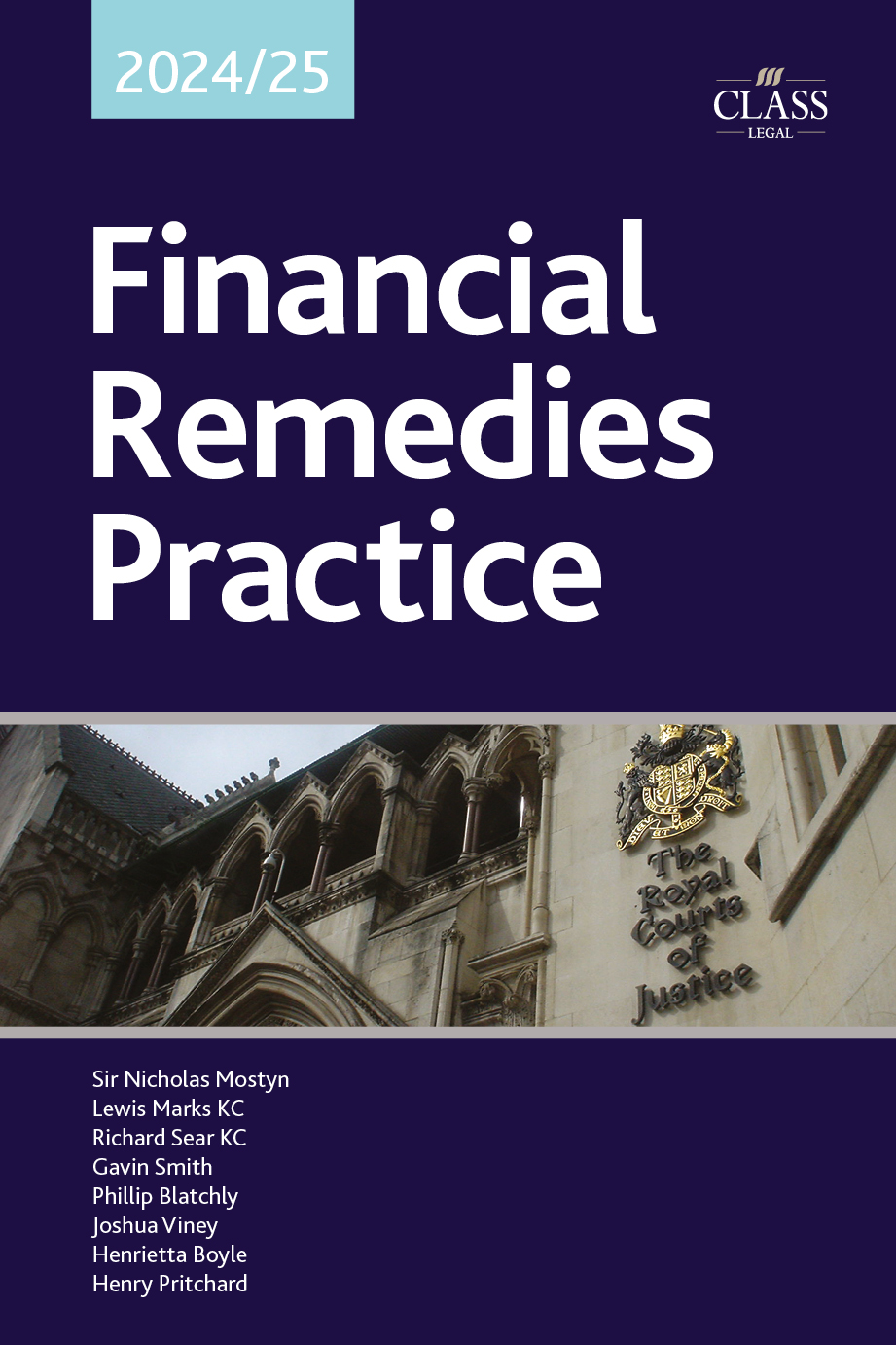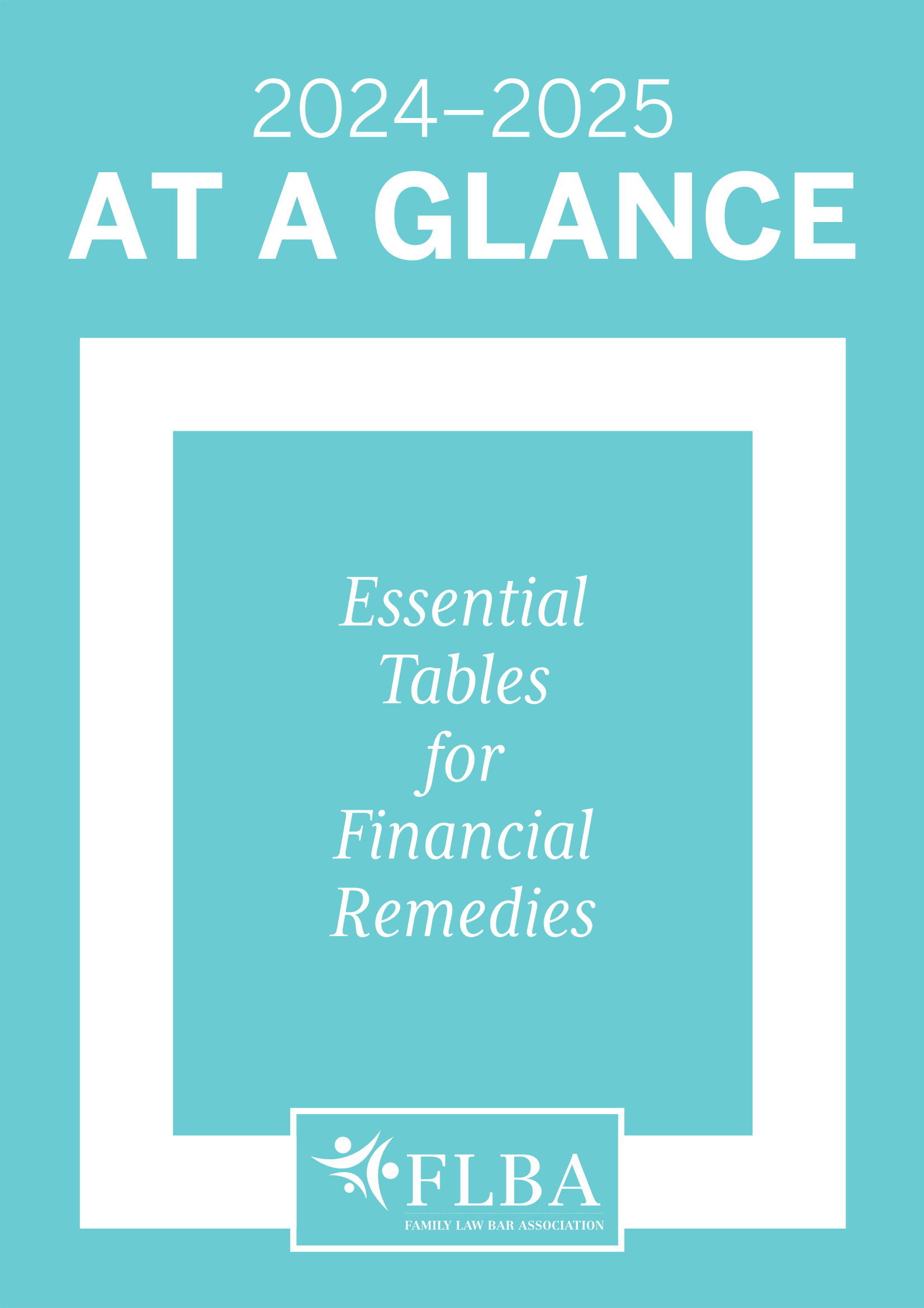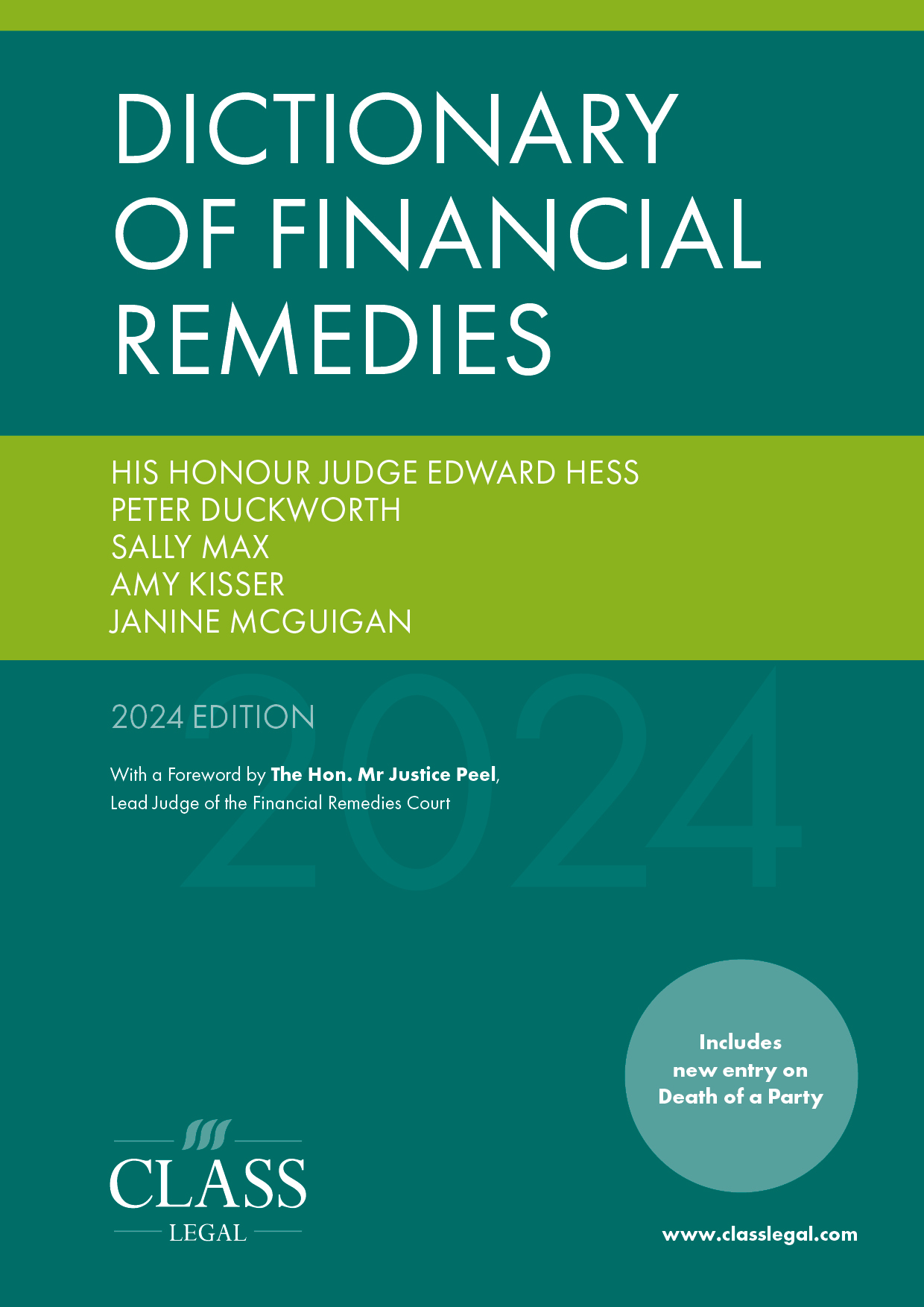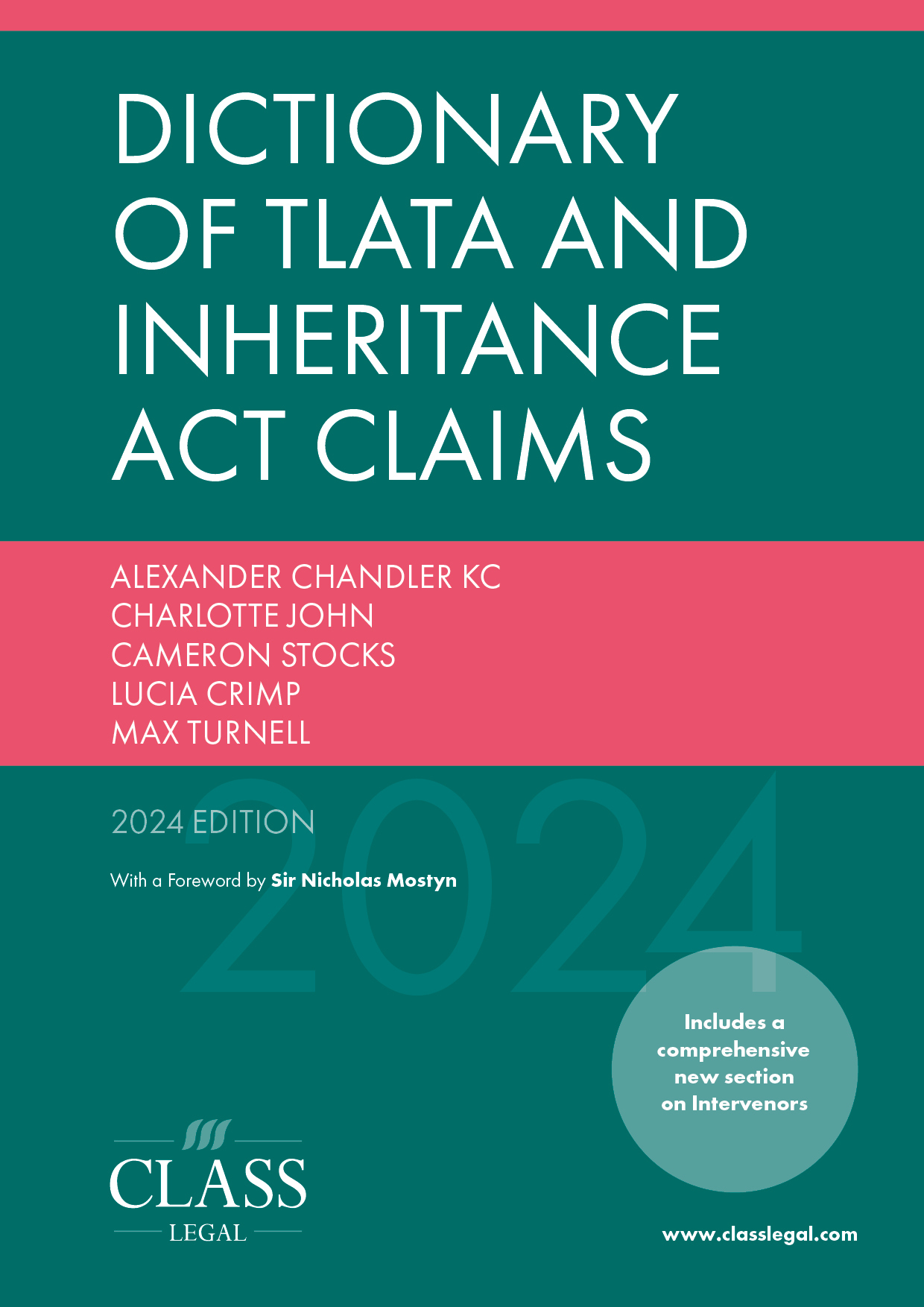What Is a ‘Predicament of Real Need’?
Published: 16/07/2024 14:38

In Radmacher (Formerly Granatino) v Granatino [2010] 2 FLR 1900 at [81] Lord Phillips of Worth Matravers said that of the three strands identified in White v White [2000] 2 FLR 981 and Miller/McFarlane [2006] 1 FLR 1186 it was needs and compensation which could most readily render it unfair to hold the parties to an ante-nuptial agreement. In relation to the former this was because:
‘[t]he parties are unlikely to have intended that their ante-nuptial agreement should result, in the event of the marriage breaking up, in one partner being left in a predicament of real need, while the other enjoys a sufficiency or more, and such a result is likely to render it unfair to hold the parties to their agreement.’
But what is the meaning of ‘predicament of real need’?
In Kremen v Agrest (Financial Remedy: Non-Disclosure: Postnuptial Agreement) [2012] 2 FLR 414 per Mostyn J at [72](iv)(c) it was said when determining whether ‘in the circumstances prevailing it would not be fair to hold the parties to their agreement’ and after quoting from Radmacher at [81] that ‘need may be interpreted as being that minimum amount required to keep a spouse from destitution’.
In N v F (Financial Orders: Pre-Acquired Wealth) [2011] 2 FLR 533 Mostyn J took a broadly similar view when he stated at [19] that:
‘So if an agreement to preserve non-matrimonial property can have the effect of assessing need more conservatively (indeed in Granatino far more conservatively) than would have been the case absent that factor, why cannot the presence of pre-marital property simpliciter not have an equivalent or similar effect?’
It is arguable that in Ipeçki v McConnell [2019] 2 FLR 667 at [27(iv)] Mostyn J subsequently expressed a different view and took a less harsh approach stating:
‘I do not take the language used by the Supreme Court, namely “predicament of real need” as signifying that needs when assessed in circumstances where there is a valid prenuptial agreement in play would be markedly less than needs in ordinary circumstances.’
This was because:
‘[i]f you have reasonable needs which you cannot meet from your own resources, then you are in a predicament. Those needs are real needs.’
In Cummings v Fawn [2024] 1 FLR 117 at [13] Mostyn J restated his original view. After citing the above from Ipeçki v McConnell he stated that:
‘[o]n reflection I do not consider that this was at all well-expressed by me. In every needs case there is a range of possible future standards of living of the application within which the court can alight in a pure exercise of discretion immune from appellate review.’
At [14] he then used an analogy whereby the discretionary range ‘is a line of books on a shelf bracketed left and right by book-ends’ where the left book-end represents ‘a spartan lifestyle catering for not much more than essentials’. He said that the Supreme Court was saying that if the result of the agreement would place the applicant in a standard of living to the left of the left-hand book-end then that would be unfair and to make the agreement fair ‘it should be augmented by no more than is necessary to move the applicant’s lifestyle just to the right of that left-hand bookend’.
Most recently in AH v BH [2024] EWFC 125 (7 June 2024) Peel J after citing (at [46]) the above from Radmacher, Kremen v Agrest and Cummings v Fawn appears to have taken a less restrictive view and one (perhaps) more consistent with Ipeçki v McConnell. At [47] he stated that:
I do not read Mostyn J as saying that in every case involving a PMA needs must always be assessed in a parsimonious, restrictive way, regardless of the factual context; in my view, it will all depend on the facts, and I doubt Mostyn J was saying otherwise. If he was, that would conflict with (i) the words of the statute which do not limit the court’s discretion in this way, (ii) dicta in Radmacher (supra) itself, and (iii) the approach adopted in the jurisprudence by other judges.
In support of this view Peel J cited from Brack v Brack [2019] 2 FLR 234 per King LJ at [103] and her statement that in even in a case where the court considers a needs-based approach to be fair the court will ‘retain a degree of latitude when it comes to deciding on the level of generosity or frugality which should appropriately be brought to the assessment of those needs’. He also referred to Radmacher at [76] before stating at [50] that both cases ‘have emphasised the latitude and flexibility available to the judge to meet the demands of fairness’ in cases where the parties have entered into a PNA and such latitude and flexibility:
‘applies to the assessment to needs as much as it applies to the other s 25 factors. Each case is a highly fact specific evaluation and discretionary exercise.’
It would appear therefore that we are perhaps moving from a situation where needs in every case involving a PNA are to be assessed in the same (parsimonious and restrictive) way to one where every case will depend on its own facts and where the breadth (or latitude) of the judicial discretion is again being emphasised.







